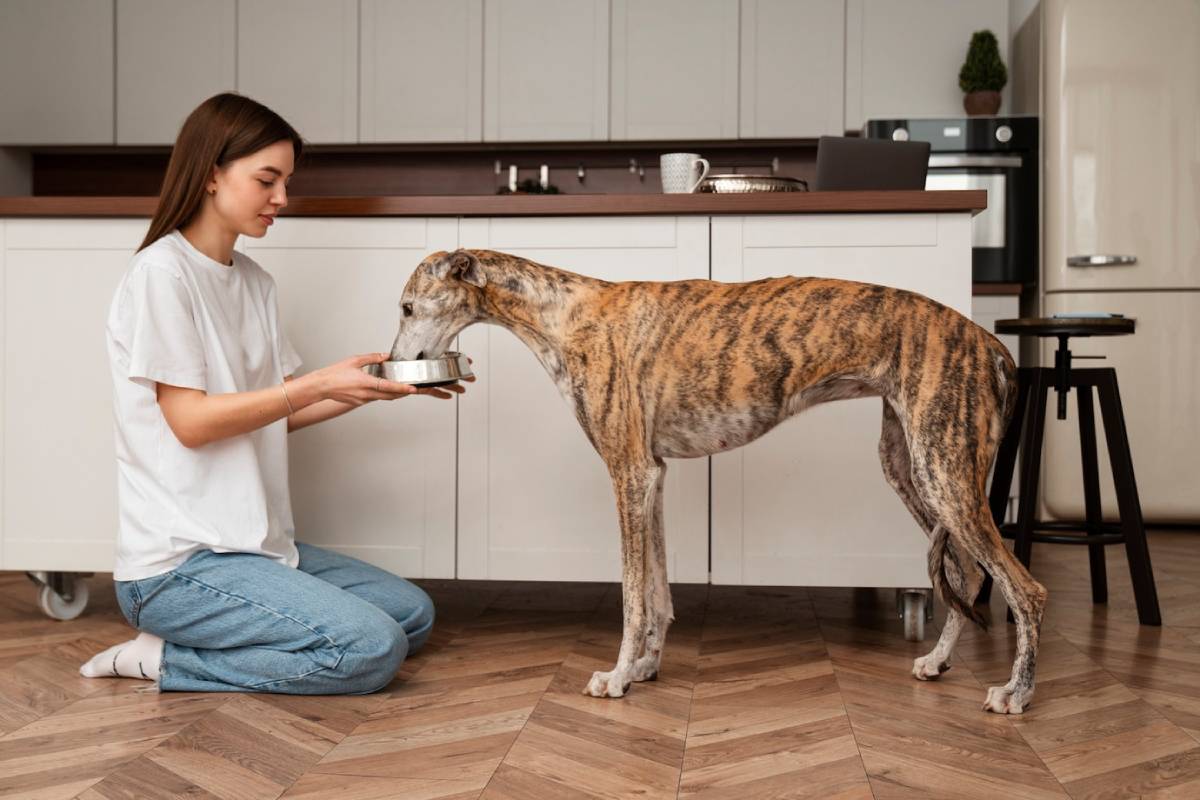
How to Prepare Emergency Dog Food with Pantry Staples
Emergencies happen—a storm cuts off access to shops, you’re down to the last few pantry items, or a delivery gets delayed. When your dog’s regular food runs out, having a plan is critical. Knowing how to make emergency dog food using pantry staples can keep your dog healthy and fed until things return to normal. This guide offers a practical, expert-driven approach to crafting safe, balanced meals in a pinch using common household items.
Why Emergency Dog Food Preparation Matters

Feeding your dog a consistent, nutritious diet is vital to their overall health. But when commercial dog food isn’t available, you need a backup plan that supports your dog’s well-being. Emergency homemade meals don’t have to be fancy, but they should be nutritionally sound and safe to digest.
Many pantry staples can provide your dog with the protein, carbohydrates, and healthy fats they need—if you know how to use them.
“A sudden diet change can upset your dog’s stomach, so emergency meals should be made with caution and ideally phased in gradually.” — Dr. Emily Green, Canine Nutritionist.
Understanding the Core: What Dogs Need in Every Meal
Before diving into recipes, let’s understand the key components of a dog’s diet:
- Protein: Essential for muscle maintenance and growth. Common pantry sources: canned fish (in water), eggs, cooked lentils.
- Carbohydrates: Provide energy. Pantry options include rice, oats, and plain pasta.
- Fats: Needed for energy and skin/coat health. Found in oils (like olive oil) and egg yolks.
- Fibre: Supports digestion. Options include pumpkin puree, oats, and cooked vegetables.
- Vitamins and Minerals: These are trickier to balance from pantry items. A dog-safe multivitamin or calcium supplement can help.
Avoid: onions, garlic, raisins, chocolate, xylitol, and anything overly processed or spiced.
Quick Guide: Emergency Dog Food Essentials Checklist

Keep these items in stock for quick meal prep:
- Canned fish (sardines, salmon, mackerel – in water)
- White or brown rice
- Rolled oats
- Canned pumpkin (pure, not pie filling)
- Peanut butter (xylitol-free)
- Eggs
- Low-sodium broth or bouillon
- Olive or sunflower oil
- Dog-safe multivitamin powder or calcium tablets
- Frozen peas, carrots, or green beans
Optional long-shelf items:
- Lentils
- Chickpeas
- Sweet potatoes (dehydrated or canned)
- Shelf-stable plain yoghurt (if your dog tolerates dairy)
How to Practise: Step-by-Step Meal Preparation
Here’s how to make a balanced emergency meal using what’s likely in your cupboard.
1. Choose a Protein Base
- Cooked eggs (scrambled or hard-boiled)
- Canned sardines or salmon (no salt, in water)
- Cooked lentils or chickpeas (plain, thoroughly rinsed)
Pro tip: Avoid tuna due to mercury levels. Opt for sardines or mackerel instead.
2. Add Carbohydrates
- Boiled white rice – easy to digest, bland and filling
- Rolled oats – soak or cook in water
- Cooked plain pasta – another bland, energy-boosting carb
Important Tip: Let carbs cool before serving to prevent burns and reduce risk of overconsumption.
3. Mix in Vegetables and Fibre
- Canned pumpkin puree – excellent for digestion
- Frozen or canned carrots/peas – offer texture and gentle fibre
Avoid any seasoning, butter, or added salt.
4. Add Healthy Fats
- 1 tsp of olive or sunflower oil
- Yolk from eggs (if separate from whites)
5. Supplement as Needed
- Add a dog-safe multivitamin or calcium source if feeding this diet for more than 1–2 days
If you don’t have supplements, limit use of this meal plan to 48 hours until commercial dog food becomes available.
Sample Emergency Dog Food Recipe
One-Meal Example (for a 15–20 kg dog):
- 1 cooked egg
- ½ cup cooked white rice
- 2 tbsp canned pumpkin
- ¼ cup frozen peas (boiled and cooled)
- 1 tsp olive oil
- Optional: multivitamin or ¼ tsp eggshell powder (as calcium source)
Mix all ingredients together and serve at room temperature.
Best Practices for Emergency Dog Feeding
- Stick to known-safe foods: If your dog has food sensitivities, only use ingredients they’ve eaten before.
- Introduce slowly: If transitioning from commercial food, introduce homemade food gradually over 12–24 hours.
- Watch for digestive upset: Loose stools, vomiting, or lethargy means the food didn’t sit well.
- Keep meals simple: Complex recipes increase the chance of unsafe combinations.
Pro Tip: Freeze pre-cooked emergency meals in small containers to have on hand. Defrost overnight or warm gently in hot water (never microwave directly).
FAQs
Can I feed emergency meals long-term?
Not without veterinary oversight. These meals are safe for 1–3 days, but long-term use requires balanced recipes approved by a canine nutritionist.
What if I don’t have any protein?
Try to source protein as a priority. In an extreme pinch, a carbohydrate-only meal (like rice and pumpkin) can work for a day, but it’s not sustainable.
Can I use bone broth?
Yes, as long as it’s low in sodium and free from onion and garlic. It adds hydration and flavour.
Is peanut butter safe?
Yes, in small amounts—make sure it’s xylitol-free.
Can I give my dog human multivitamins? No, they may contain toxic ingredients like xylitol or excessive iron. Stick to dog-specific formulas.
Final Thoughts: Be Ready, Stay Calm, Feed Wisely

Emergencies can cause panic, but with a bit of planning and knowledge, you can keep your dog healthy and well-fed. A little bit of pantry creativity and nutritional care goes a long way. Stock your kitchen with a few dog-friendly staples, and you’ll never be caught off guard.
Want to feel more confident feeding your dog naturally? Download our free printable pantry checklist and explore our full series on homemade dog nutrition—including balanced meal plans and seasonal recipes.


